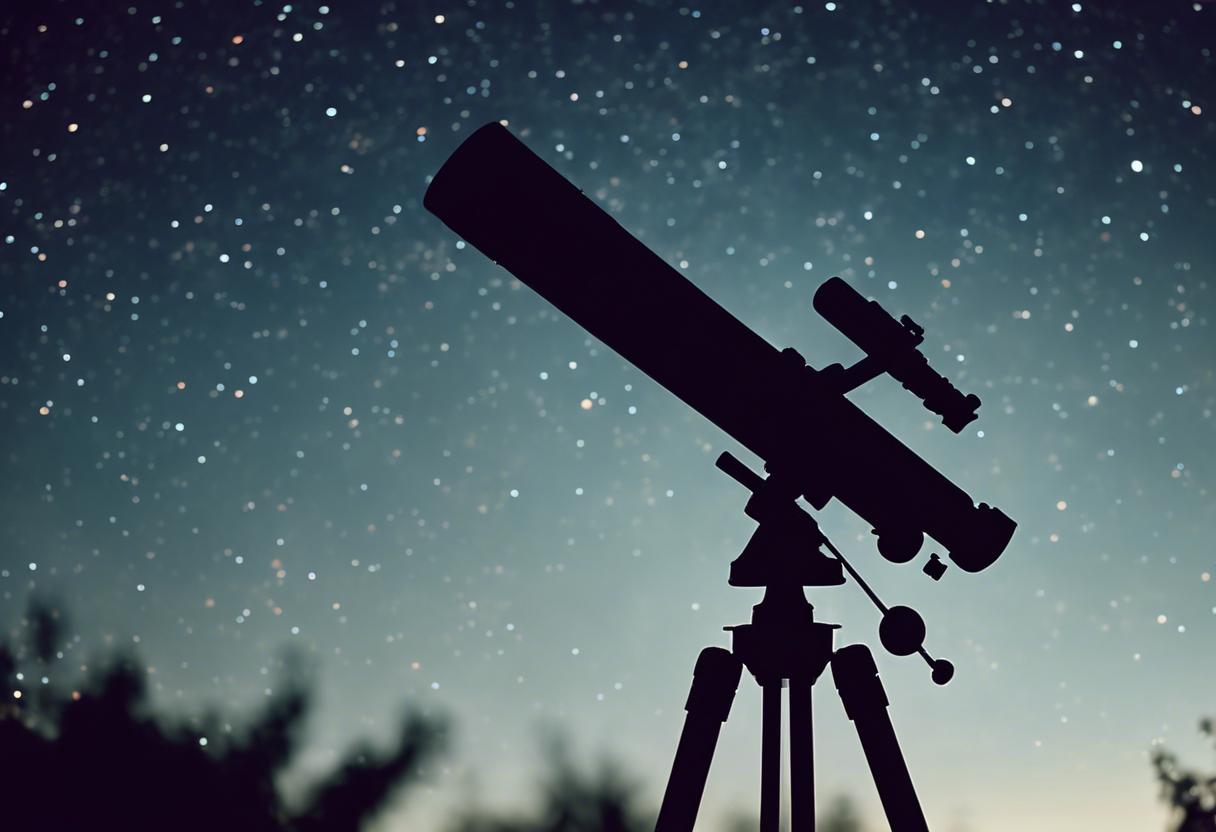A renowned astronomer based in Belfast is set to join the first mission by the European Space Agency (ESA) aimed at planetary defence, a vital endeavour designed to mitigate any risks posed by potential asteroid impacts on Earth. Professor Alan Fitzsimmons, representing the Astrophysics Research Centre at Queen’s University Belfast, will be contributing from the ground control for the Hera mission run by the ESA at the European Space Operations Centre located in Germany.
The Hera mission is to be launched from the well-known Kennedy Space Centre at Cape Canaveral, Florida. The precise launch date will be disclosed only a few days prior to the event, but it is known that it will occur later during this month.
Powered by a SpaceX Falcon 9 rocket, Hera will journey into the far corners of space with the goal of collecting innovative data and insights that could contribute to the prevention of asteroid collisions with the Earth, demonstrating several novel technologies as it proceeds.
This mission is unprecedented in space research as it plans the first scheduled encounter with a binary asteroid. So far, astrophysicists have identified over 35,000 “Near Earth Asteroids”, out of which 1,657 are large enough and come sufficiently close to Earth to be constantly tracked for any potential threats.
While none of these asteroids are predicted to collide with the Earth in the coming century, new ones continue to be discovered annually. Hence, the fear is about possible future asteroids that could result in the destruction of cities, or even entire nations.
The best methods to deter this potential threat have long been a topic of discussion and research amongst scientists. In September 2022, NASA’s Dart mission successfully hit the small asteroid moon known as Dimorphos and altered its trajectory – representing the first trial of the “kinetic impactor” technology designed to steer asteroids away from Earth.
Hera’s primary task is to bring this experiment to completion – it will estimate the amount of Dimorphos mass moved by the Dart and determine the exact effect of the impact on the moon. Additionally, Hera will analyse the properties of the parent asteroid of Dimorphos, known as Didymos, as the asteroid completes its orbit every 11.5 hours.
Hera, following its launch, is set for a Mars fly-by next year, positioning it to reach the asteroids by the close of 2026. The mission aims to study asteroids Dimorphos and Didymos and gain insights from the 2022 collision. This will empower scientists to understand the Dart impact with unprecedented detail and possibly utilise the asteroid deflecting technique for future potential threats.
Professor Fitzsimmons, a member of the Hera Science Management Board, has devoted decades of his career in planning this planetary defence mission. He emphasised Hera’s significance as a pivotal measure towards a day when humanity might need to divert an asteroid, showcasing the efficient use of science to prevent losses resulting from catastrophic natural events.
Involving scientists and engineers globally represents the best example of cross-border scientific collaboration for the common good. Apart from its role in planetary defence, Hera also showcases the latest European deep space technologies like autonomous vision-based navigation and inter-satellite connections between the three spacecraft constituting the mission.
Hera is tasked with deploying two small, shoe-box sized spacecraft at the asteroids, marking ESA’s first CubeSat deep-space mission. Collectively, the three spacecraft are equipped with a dozen instruments designed to explore the asteroids up close.
One of the CubeSats, Juventas, houses the tiniest radar instrument ever carried into space to carry out the first-ever radar sounding within an asteroid. The second CubeSat, Milani, will photograph the asteroids in a more extensive colour spectrum than the human eye can perceive.
In an ideal situation, the CubeSats will land on Dimorphos upon the mission’s completion.
The anticipation surrounding the data this mission will produce is extremely high, with Professor Fitzsimmons commenting: “It will be thrilling to get the data back from the mission and to start applying it to potential asteroid threats in the future.”

